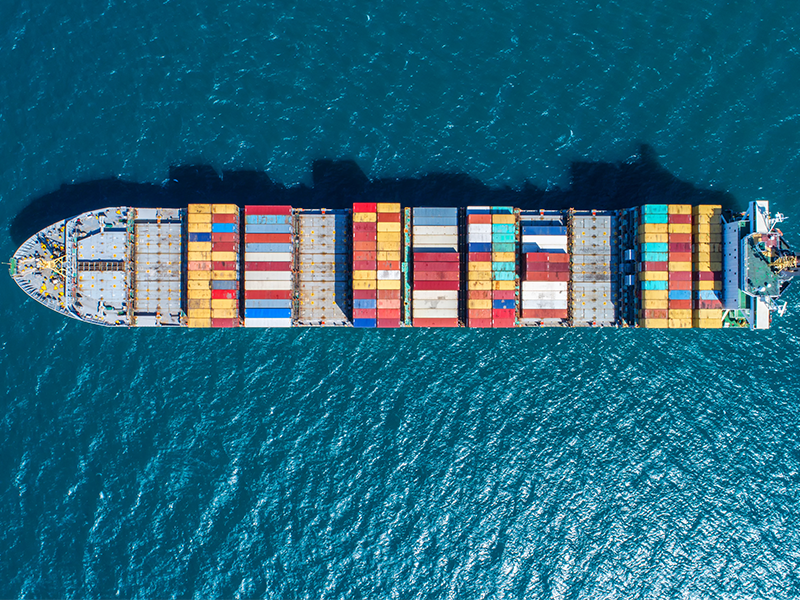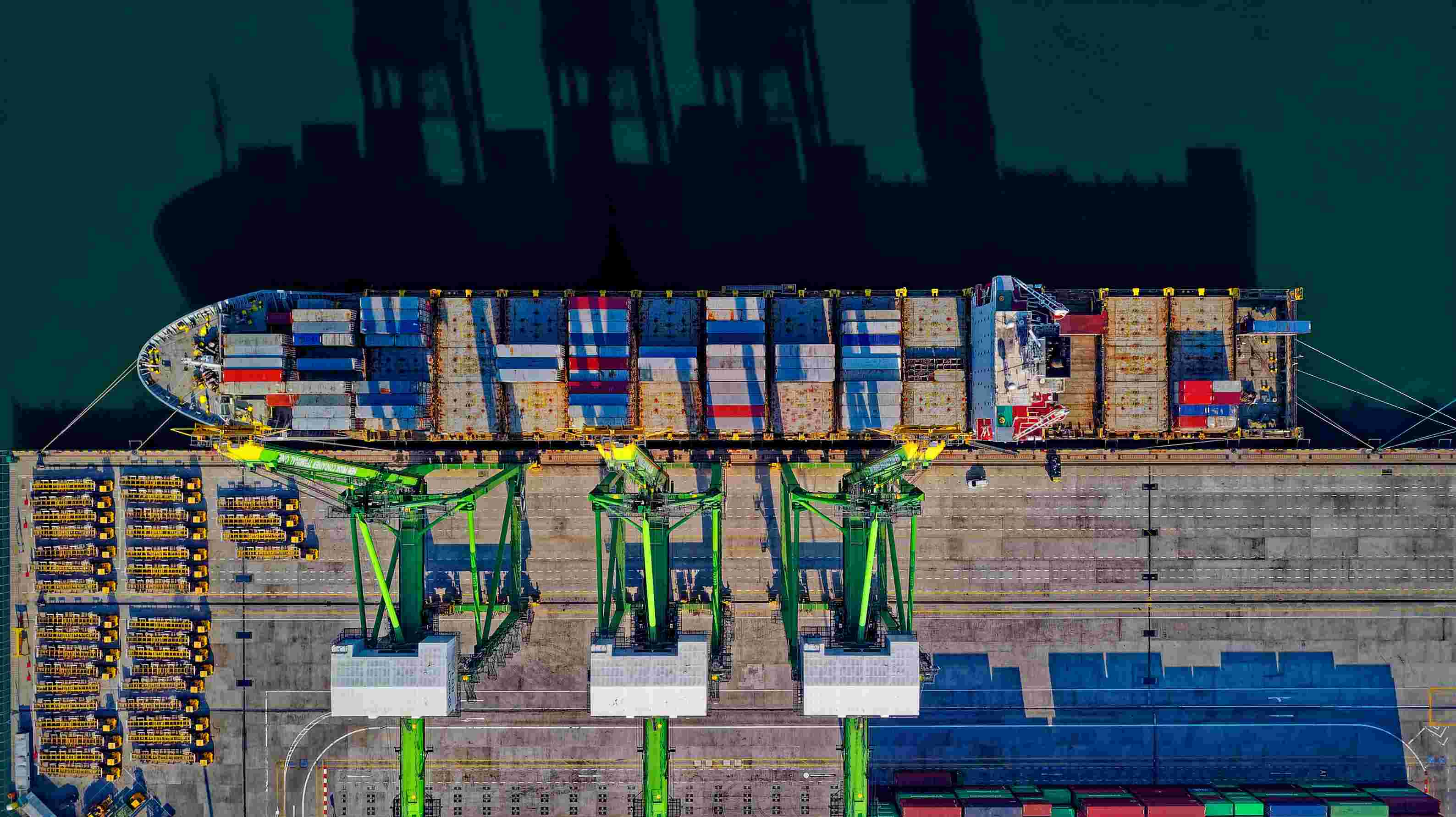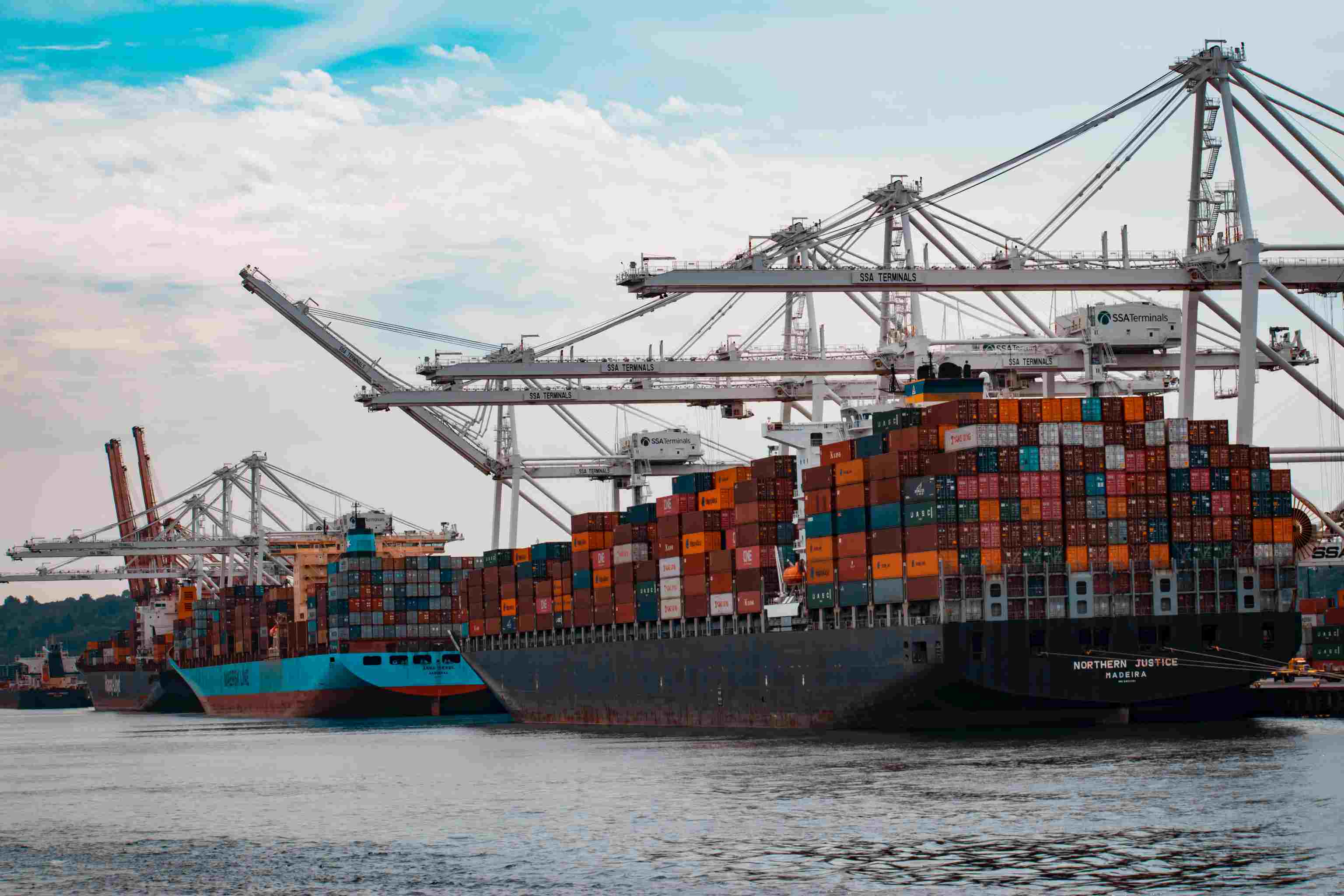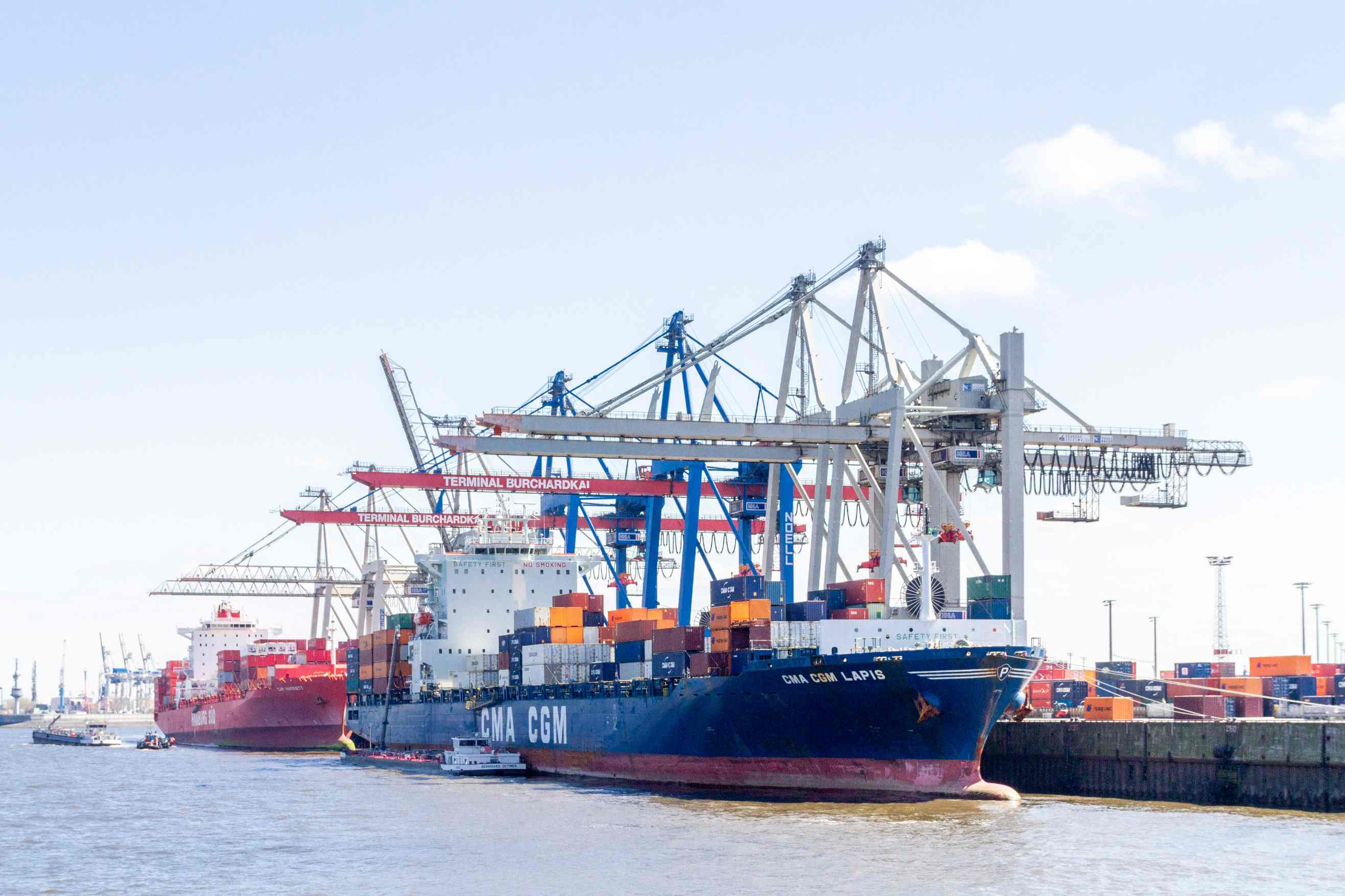Container Shipping Cost: A Comprehensive Guide
Understanding Container Shipping Cost
Container shipping cost encompasses a wide range of expenses involved in transporting goods via sea freight. It goes beyond just the freight charges and includes several other factors that contribute to the final price. Here, we will break down the different components of container shipping costs.1. Freight Charges
The primary cost in container shipping is the freight charges, which are the fees paid to the shipping line for transporting the cargo from the origin port to the destination port. Freight charges can vary depending on factors like distance, shipping route, and demand.2. Container Type and Size
The type and size of the container chosen for shipping significantly impact the overall cost. Standard containers, high cube containers, and specialized containers all come with varying price tags. Additionally, choosing the right container size that suits your cargo volume is crucial.3. Port Charges
Port charges include a range of fees levied by the ports for handling containers, such as loading and unloading, storage, and security. These charges can vary from port to port and can significantly influence the total cost.4. Insurance Costs
Insuring your cargo is essential to protect against potential losses during transit. Insurance costs may vary based on the value of the goods being shipped and the level of coverage required.5. Fuel Surcharges
Fuel prices play a significant role in determining container shipping costs. Shipping lines often apply fuel surcharges to offset fluctuations in fuel prices.6. Customs Duties and Taxes
Customs duties and taxes are levied by governments on imported and exported goods. These charges must be considered as they add to the overall cost of shipping.7. Documentation and Administrative Fees
Preparing the necessary documentation for international shipping incurs administrative fees. Accurate and timely paperwork is crucial to avoid delays and additional costs.8. Currency Fluctuations
Container shipping costs can be affected by fluctuations in currency exchange rates. It's essential to be aware of this factor, especially for long-distance shipments.9. Additional Services
Additional services, such as cargo tracking, special handling requirements, or expedited shipping, may come at an extra cost.10. Peak Season Charges
During peak seasons or high-demand periods, container shipping costs may increase due to limited container availability and higher demand.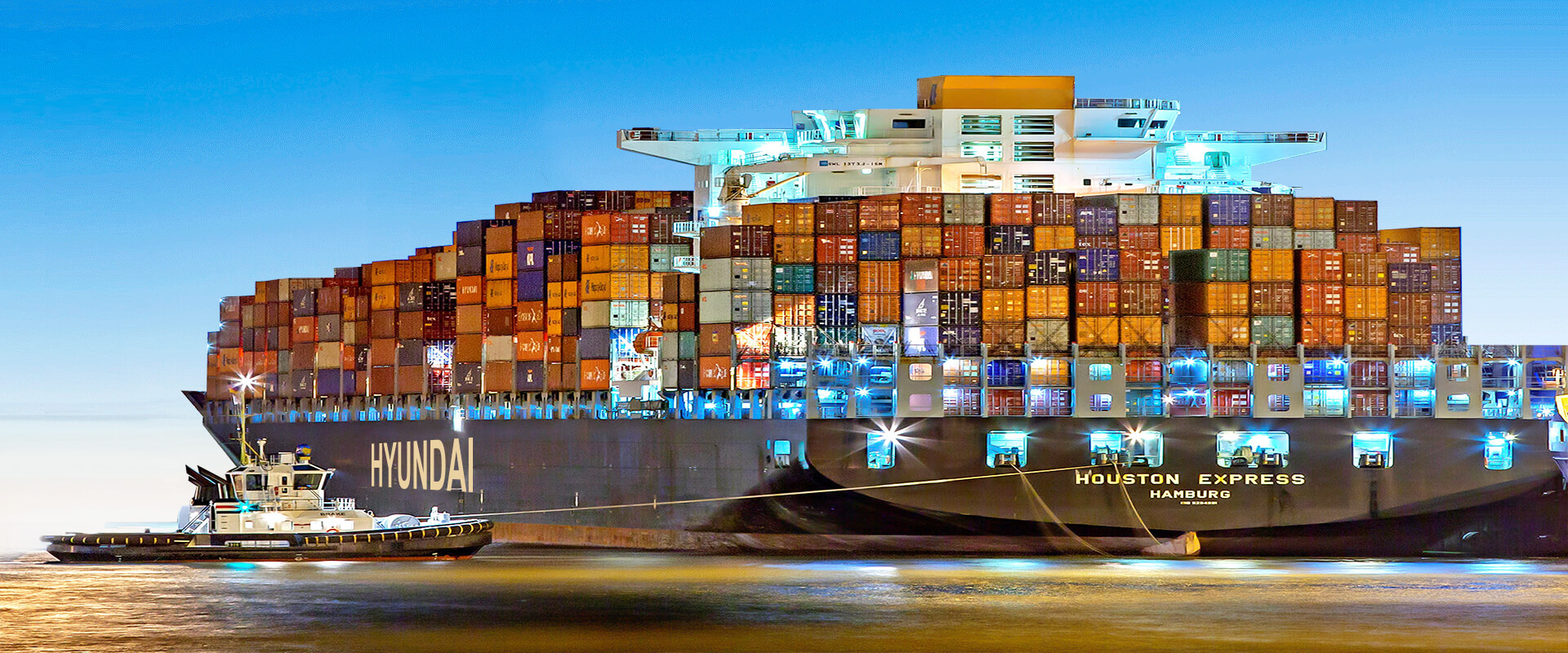
Optimizing Container Shipping Costs
Reducing container shipping costs can significantly impact a company's bottom line. Here are some strategies to optimize shipping expenses while ensuring the safe and timely delivery of goods.Plan Ahead: Advanced planning allows businesses to choose cost-effective shipping routes and avoid peak seasons, reducing freight costs and potential delays.
Consolidate Shipments: Consolidating smaller shipments into a single container can lead to cost savings, as shipping larger volumes is often more economical.
Negotiate with Shipping Lines: Building strong relationships with shipping lines and negotiating contracts can lead to better rates and favorable terms.
Optimize Container Packing: Efficiently packing goods within containers can maximize space utilization, potentially reducing the need for additional containers.
Use Intermodal Transportation: Consider using intermodal transportation to minimize costs by combining different modes of transportation, such as trucking and rail.
Invest in Cargo Tracking Technology: Real-time cargo tracking technology allows businesses to monitor their shipments' progress, enhancing security and reducing the risk of loss.
Utilize Free Time Wisely: Take advantage of free time offered by shipping lines for loading and unloading to avoid demurrage and detention charges.
Opt for Shorter Routes: Choosing more direct routes can reduce transit times and, consequently, lower overall shipping costs.
Review Incoterms: Selecting the appropriate Incoterms (International Commercial Terms) can impact cost distribution between buyers and sellers.
Monitor Currency Fluctuations: Being aware of currency fluctuations can help businesses time their shipments to minimize currency-related losses.

